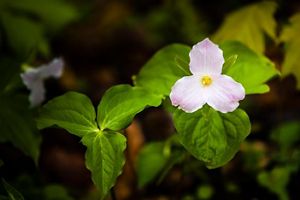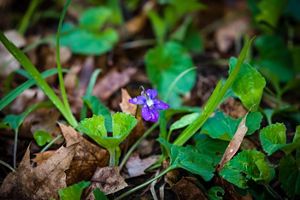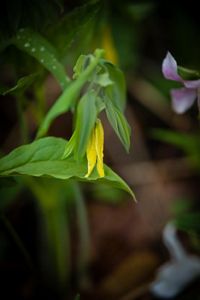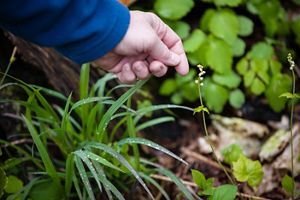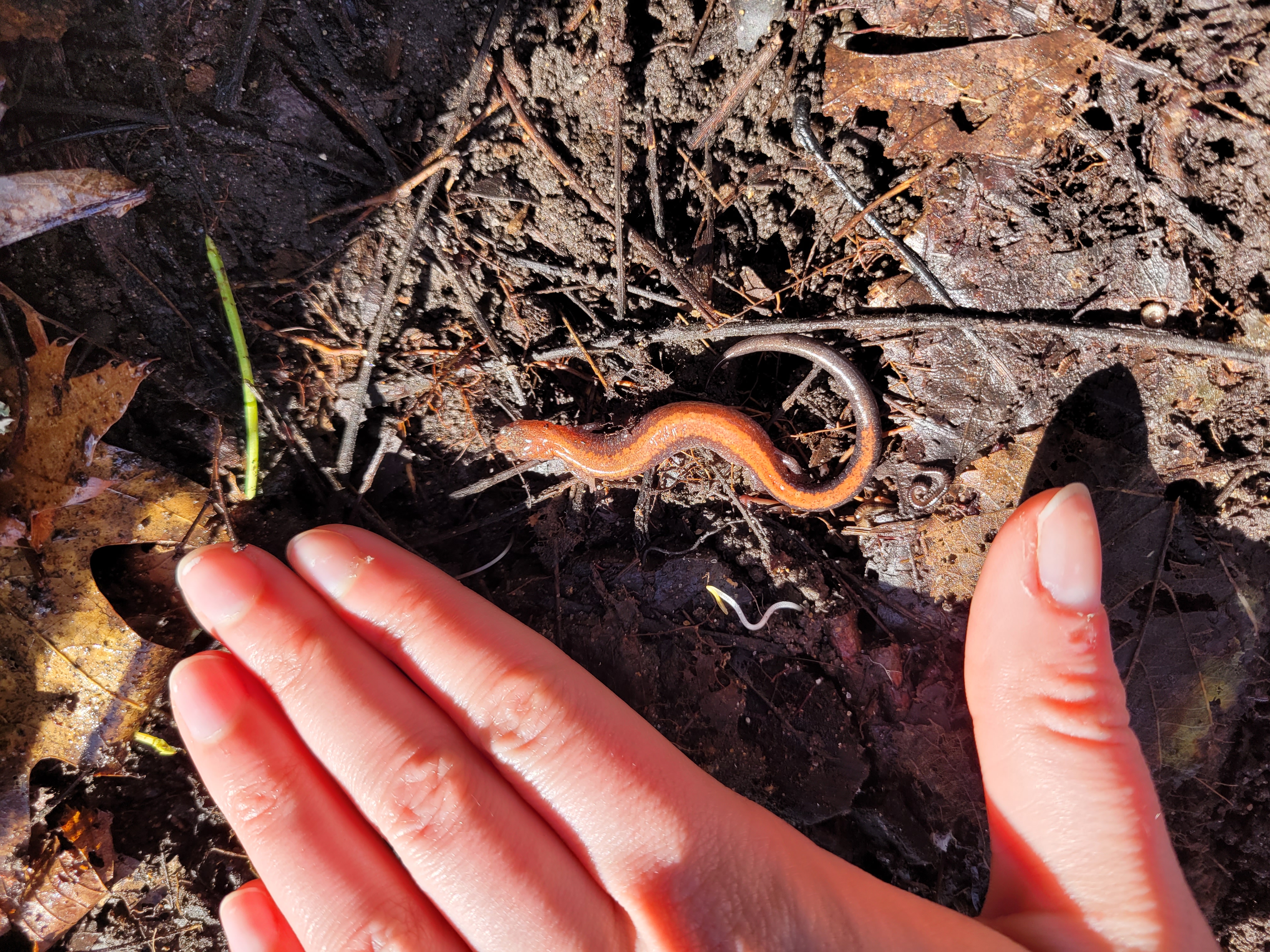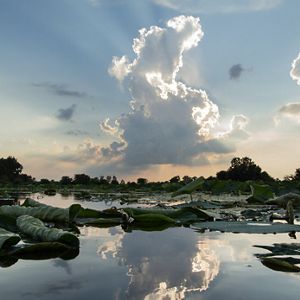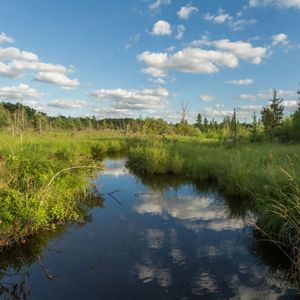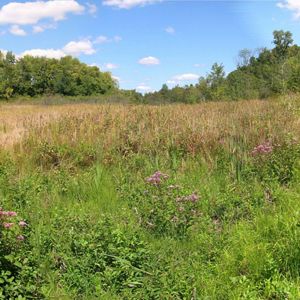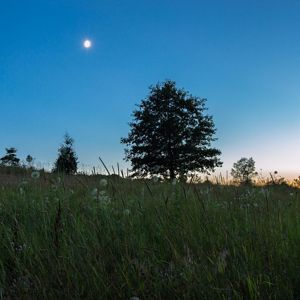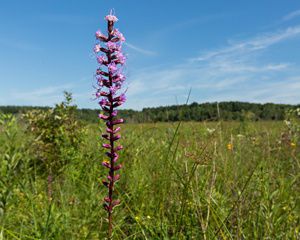Description
Nan Weston Nature Preserve at Sharon Hollow is a dynamic area, featuring more than 260 species of wildflowers and other native plants. This preserve lies in the Upper River Raisin Watershed, an area highly altered by agriculture, logging and development. The Nan Weston Nature Preserve at Sharon Hollow serves to protect many remaining natural communities, stopover habitat for migrating birds and the river itself, which winds approximately 25 miles to TNC’s 700-acre Ives Road Fen Preserve before continuing on to Lake Erie.

